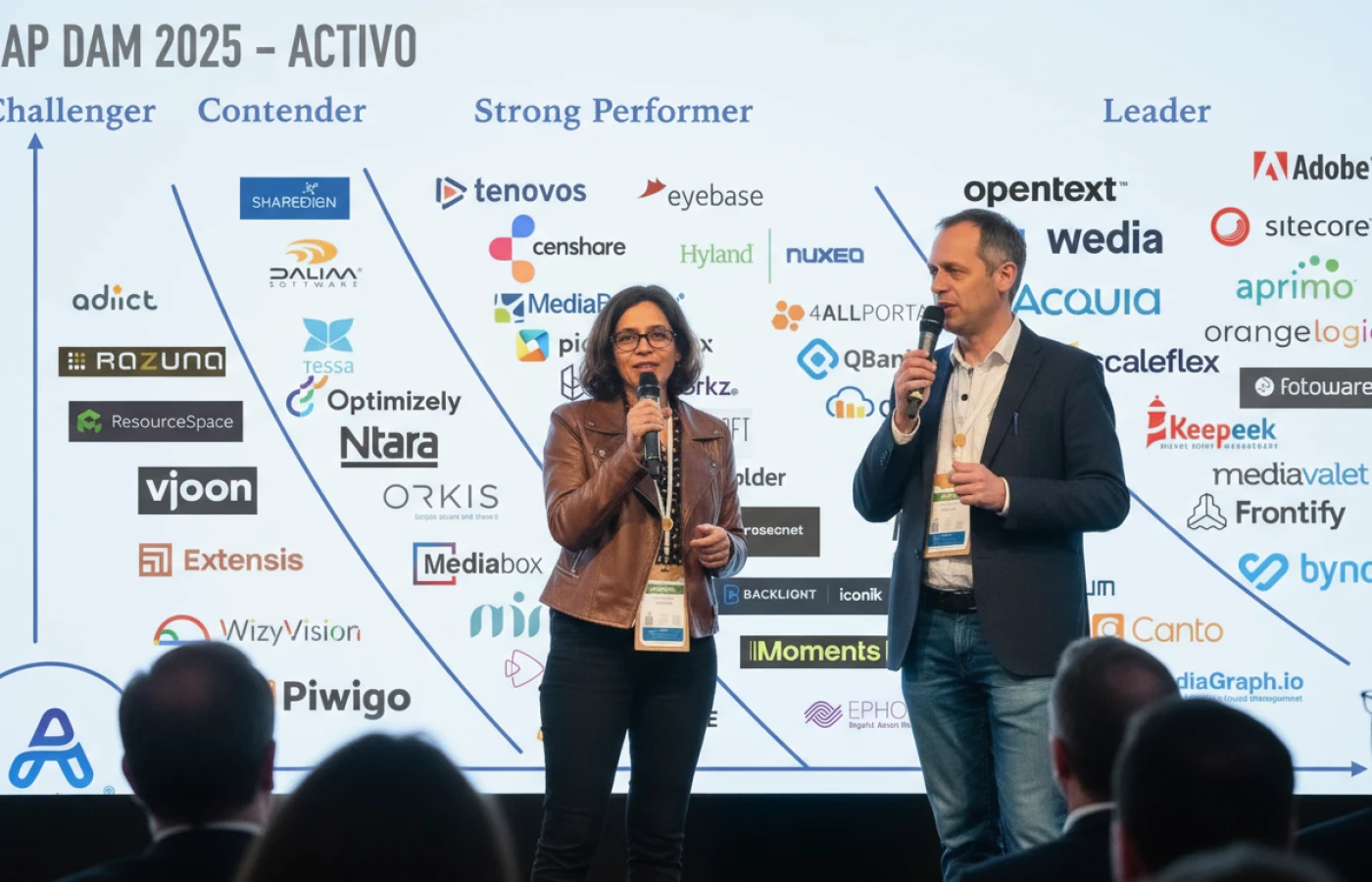
Database publishing automates the production of complex documents by linking structured data from spreadsheets or databases with page layout templates. It transforms raw data into polished catalogs, price lists, brochures and directories, streamlining updates and ensuring consistency across every page.
In an era when product information, prices and promotions change daily, organizations are under constant pressure to deliver accurate, up‑to‑date catalogs, price lists and directories across multiple channels. Manual page layout and text insertion are no longer sustainable for enterprises managing thousands of products or large sets of structured information. Database publishing emerged to solve this challenge. By linking a structured data source—such as a product information management (PIM) system, enterprise resource planning (ERP) database or simple spreadsheet—to publishing software, database publishing automates the transformation of raw data into finished documents. The process reduces errors, accelerates production and ensures that every publication reflects the most current information.
This comprehensive guide explains database publishing from the ground up. It defines key terms, describes how the process works, outlines the role of publication databases, and explains how data is converted into catalogs and directories. You will also learn about desktop publishing software, publishing systems, the concept of data publishing and the benefits and challenges of adopting database publishing. By the end, you will understand how database publishing can streamline your organization’s content workflows and help you produce consistent, professional publications at scale.
Database publishing, also called data publishing, is the automated process of taking unformatted data from a structured source and turning it into a formatted publication. Rather than manually copying and pasting product descriptions, prices and images into page layouts, database publishing uses software to merge data fields with design templates. This automation allows organizations to quickly generate catalogs, price lists, membership directories, telephone directories, school yearbooks and other documents from the same underlying data.
Database publishing grew out of desktop publishing and the need to produce large documents consistently. Traditional desktop publishing requires designers to arrange text and images manually using layout software such as Adobe InDesign. That approach is practical for shorter documents or unique layouts, but when dealing with thousands of product records or frequently updated data, manual layout becomes labor‑intensive and error‑prone. Database publishing solves this problem by connecting a structured data source to the layout application through a plugin or software connector. The layout software reads the data and populates the document according to predefined rules and templates, eliminating repetitive work while maintaining design control.

A typical database publishing system consists of three core components: a data source, a layout program and a connector. A data source (often a PIM, ERP or DAM system), a layout program (such as Adobe InDesign), and a plugin connecting the two are necessary for database publishing.
The database publishing process begins with carefully structured data. Product information, pricing, and metadata must be organized in a way that the publishing software can understand. After the data is validated and enriched with relevant fields (e.g., descriptions, attributes and file links for images), designers create templates in the layout program. Templates define the page size, margins, fonts, colors and positions of text and images. Each template includes placeholders that correspond to fields in the data source.
When a publication is generated, the connector pulls the data and merges it with the template. Rules determine how data is formatted: numeric values might be rounded, currency symbols added and units appended. Conditional logic can show or hide fields depending on whether data is available. Images are inserted automatically, with sizing and placement based on the template design. The result is a fully formatted document ready for final review or printing. If any data changes—such as a price update or a new product image—the publication can be regenerated quickly to incorporate the latest information without redoing the layout.
A publication database is a structured repository that stores the content used to create publications. It often serves as the source for database publishing. A publication database can be part of a PIM system, an ERP system, or a standalone solution. It contains the information required for each item in a catalog or directory, such as product names, descriptions, pricing, SKUs, inventory data, images and language variants.
For a publication database to be effective, the data must be well organized and normalized. Each record should correspond to a single product or entity, with consistent fields across all entries. When changes are made—such as adding a new product or updating a price—the database ensures that these updates are reflected across all publications. A strong data governance strategy is essential: data must be validated, deduplicated and enriched to ensure accuracy. The publication database is the single source of truth for the information that appears in catalogs and price lists.

Publishing a database involves transforming its contents into an accessible format—often a printed or digital document. In the context of database publishing, the goal is to automate this transformation. The steps typically include:
Database publishing relies on desktop publishing software. These tools allow designers to control the visual appearance of a document while enabling data-driven automation. Some popular desktop publishing programs include:
Adobe InDesign is the industry standard for professional layout design. It supports advanced typography, page design, and template creation. In the context of database publishing, InDesign connects to data sources through plugins like priint:suite or EasyCatalog. Designers create templates in InDesign with placeholders for data fields. The plugin imports data from a PIM or other database and populates the document automatically. InDesign also supports conditional formatting and styles, making it ideal for complex catalogs.
QuarkXPress is another desktop publishing tool used for magazine and catalog production. It offers dynamic data publishing capabilities through the Quark Publishing Platform. This platform enables users to connect data sources, design templates, and automate layout creation. QuarkXPress provides robust typography, color management and print production tools.
For simpler publications, Microsoft Word or Microsoft Publisher can be used. They offer mail merge features that can pull data from spreadsheets or databases and insert it into preformatted documents. While not as powerful as professional layout tools, they can handle small catalogs or directories and generate basic documents quickly.
Open-source alternatives such as Scribus and LaTeX are available for users seeking cost-effective solutions. Scribus supports basic data merging through scripts, while LaTeX—often used in academic publishing—can automatically typeset documents using data stored in external files. These tools require more technical expertise but offer customization flexibility.
Other desktop publishing software includes Affinity Publisher, CorelDRAW, Lucidpress and Canva. Each has unique strengths and may support data-driven publishing through plugins or custom scripts. Affinity Publisher, for instance, offers a data merge feature, while Canva focuses on cloud-based design and collaborative workflows.

A publishing system encompasses more than just desktop software. It is an integrated solution that manages the entire publication process from data creation to final output. A typical publishing system includes:
Publishing systems can be cloud-based or on-premises. They are used by retailers, manufacturers, publishers, associations and service providers to produce catalogs, price lists, product sheets and other documents.
While database publishing refers specifically to combining data with templates to generate formatted documents, data publishing has a broader meaning. Data publishing is the process of making data available in a structured, shareable format—such as CSV, XML, JSON or API endpoints. Data publishing allows organizations to distribute their data to partners, developers or the public for integration into other systems or applications.
Database publishing is one example of data publishing focused on generating human-readable documents. In contrast, data publishing covers open data portals, application programming interfaces (APIs) and data products that developers can use to build apps, dashboards or services. Both practices emphasize structured data, quality control and automation.
Database publishing automates repetitive layout tasks and eliminates manual data entry. Once templates and data mappings are set up, generating a new catalog or price list requires only updating the data and clicking “Publish.” This reduces production time from weeks to hours and frees designers to focus on creative work rather than data entry.
Using data directly from a central source ensures that the publication is consistent and accurate. Changes made in the data source—like price updates or new product features—are automatically reflected in the publication. This eliminates discrepancies between print, digital catalogs and e-commerce sites, reducing customer confusion and returns.
Database publishing is highly scalable. Whether you have dozens or thousands of products, the system can handle the volume. It also supports multilingual catalogs by linking language-specific fields to templates. Need to add a new product category? Update the data source and regenerate the publication without redesigning the entire layout.
Reducing manual work and errors leads to cost savings. Designers and marketers spend less time on layout tasks, while fewer mistakes mean fewer reprints and corrections. Automation also enables companies to produce more frequent updates, which can increase sales through timely promotions and improved customer experiences.
Database publishing can produce personalized catalogs tailored to specific customers, markets or regions. By filtering the data source based on customer attributes or geographic information, the publishing system can generate variations with only relevant products. Personalization improves customer engagement and conversion rates.
Since the same data feeds both print and digital publications, database publishing ensures consistency across channels. A product description in the print catalog matches the listing on the website and the mobile app. Cross-channel consistency reinforces brand credibility and reduces confusion for customers.

Poor data quality is a significant obstacle. Missing fields, incorrect values, duplicates and inconsistent naming conventions can derail the publishing process. Organizations must invest in data governance, cleansing and enrichment before implementing database publishing.
Designers must create templates that accommodate varying lengths of text, image sizes and data combinations. Poorly designed templates may result in awkward layouts or text overflow. Flexibility and testing are crucial—templates should account for different scenarios and adjust automatically.
Connecting the data source to the publishing tool can be complex. Custom fields, multiple data sources and varied business rules require careful mapping and configuration. Organizations may need to invest in specialized plugins or custom development to achieve seamless integration.
Team members need to learn how to use the new system. Designers must be comfortable with data-driven layouts, while marketers and data managers must understand how to maintain the data source. Proper training and ongoing support are essential for adoption.
As products, prices and business rules evolve, the database publishing system requires maintenance. Templates and data mappings may need updates, new fields may be added to the data source and software versions may change. Continuous maintenance ensures that the system remains efficient and accurate.
Start by auditing your data. Identify the sources (PIM, ERP, spreadsheets) and evaluate data quality. Define the publications you need to produce, the number of items and the frequency of updates. Determine which fields will appear in the publication and which language versions are necessary.
Select a layout program and a connector that support your data source. Consider factors such as scalability, ease of use, integration capabilities and cost. Evaluate whether a simple mail merge is sufficient or whether advanced automation is required.
Work with designers to create professional templates. Use style guides to ensure consistency with your brand. Structure the layout to accommodate dynamic content and variations in data length. Identify placeholders for each data field.
Map data fields from your source to the template placeholders. Set rules for formatting, conditional visibility and fallback values. If your data includes images, specify paths or file names so that the connector can locate and insert the correct media.
Run small-scale tests to ensure that data merges correctly with the layout. Check for formatting issues, missing images, or truncated text. Iterate on the template and mapping configuration until you achieve a clean, consistent result.
Provide training for designers, marketers and data managers. Explain the roles of each component (data source, layout program, connector), demonstrate the workflow and emphasize the importance of maintaining data quality. Training ensures that stakeholders understand how to use the system effectively.
After testing and training, begin producing publications regularly. Monitor the process for errors and gather feedback from users. Maintain the data source by updating fields, adding new records and enforcing data governance. Periodically review templates and mappings to adapt to changing business needs.

Artificial intelligence (AI) and machine learning will play a larger role in database publishing. AI-powered systems can analyze data patterns, optimize layouts and recommend improvements. For example, AI might suggest repositioning an image to fit a template better or flag anomalies in data. Machine learning could automatically choose appropriate templates based on product categories, improving efficiency and reducing manual decisions.
As e-commerce grows, seamless integration between database publishing and digital platforms becomes more important. Real-time data exchange between PIM systems and online storefronts will allow for instantaneous updates to product listings and dynamic catalogs. Customers will see the latest information across all touchpoints.
Cloud-based publishing platforms enable teams in different locations to collaborate on templates, data and publications. They facilitate version control and allow stakeholders to view real-time previews of publications. Cloud solutions also simplify deployment, scaling and maintenance, making database publishing more accessible to businesses of all sizes.
With a growing emphasis on sustainability, companies are exploring digital catalogs to reduce paper usage. Database publishing can produce interactive digital publications with embedded media, e-commerce links and personalized content. Inclusivity is also gaining importance: publications should be accessible to users with disabilities through proper formatting, alt text for images and compliant design.
Database publishing transforms structured data into polished publications quickly and accurately. By combining a reliable data source, a powerful layout program and a robust connector, organizations can automate catalog creation and eliminate repetitive tasks. This approach delivers consistent, up‑to‑date information across print and digital channels while reducing costs and errors.
Implementing database publishing requires careful planning, quality data, well-designed templates, the right tools and ongoing maintenance. The benefits—efficiency, scalability, customization and cross-channel consistency—make it a valuable investment for businesses managing large sets of data. As technology advances, database publishing will continue to evolve, integrating AI, cloud collaboration and sustainable design to meet the needs of modern content creators.